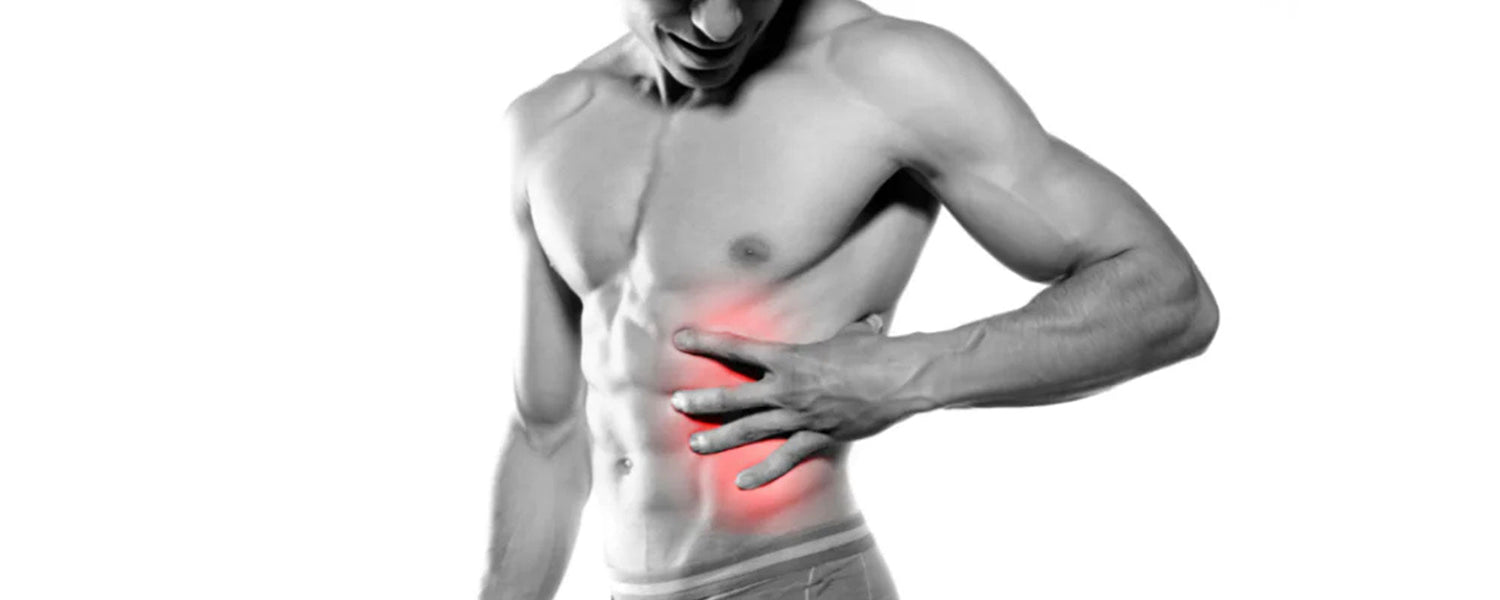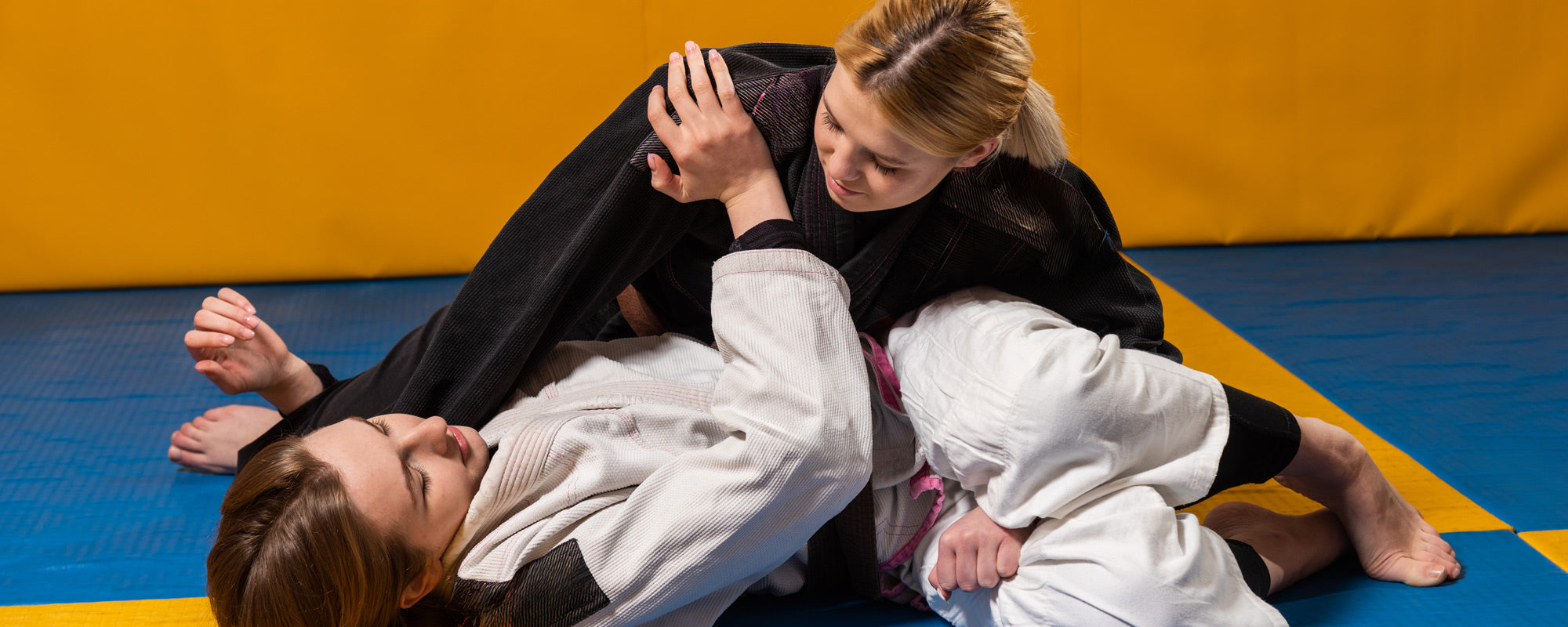Table of content
Participation in martial arts sports activities brings many positive implications. It enables the athletes to shape and maintain the physical form, strengthens the will power, courage, and personality. As combat sports are expanding day by day due to their physical and mental health benefits to every individual regardless of their age. Some risks and damages are also linked with Gracie Jiu-Jitsu. Their cure and prevention is mandatory to carry on the athletic career without any major loss. Comprehensive knowledge about the risk of injury during sport activity and related risk factors work as an essential basis to develop effective strategies for injury prevention.
The major cause of most injuries in combat sports seems to be the direct confrontation with the opponent. Many researchers warned that for the longevity of life and success it is essential to remain relatively injury free and if injured it is important to recover rapidly. The risk of injury in combat sports is further increased during competition and continues to increase as the level of competition increases.
1. Different types of Rib injuries in Brazilian Jiu-Jitsu
During grappling, the kneemount may cause the breakage of ribs if the opponent does not call for tap out or the practitioner doesn't care while takedown. It is important to distinguish the type of injury caused during grappling. A rib injury is divided in two categories:
- Traumatic
- Non-traumatic
Traumatic is most incurring injury in BJJ fights and Non-traumatic is less common Rib Injury in Brazilian Jiu-Jitsu.
1.1. Traumatic Rib Injuries in BJJ
Traumatic Rib Injuries in BJJ is the cause of pressure applied by the BJJ practitioner on the Ribs of the opponent resulting in the breakage of ribs. Here the takedown person must tap out early to not face the risks associated with the Rib injuries in Brazilian Jiu-Jitsu.
The different types of traumatic Rib Injuries are:
Rib Contusion
The word contusion means “Bruise”. The rib contusion reveals that small blood vessels under the skin are damaged and results in the leakage of blood. The bones and muscles in your body can also be bruised.
The treatments for broken or bruised ribs are the same. In most of the cases ribs heal on pain relievers. You only take pain relief medicine in your treatment course. But rest is necessary to heal completely and to get back to BJJ training. Any hard movement in the healing process may worsen your injury.
Typically an X-ray machine is used to diagnose the rib contusion. If any bruise signs are not found in X-ray but still pain is felt during sneezing, coughing or with slight movement then the medical practitioners can recommend a CT scan to diagnose the injury. Take care of yourself by keeping following points in your mind:
- Adequate Sleep
- Hormetic Stress
- Slight movement for active blood circulation
Following are the exercises for bruised ribs:
- Walk
- Deep breathing
- Lateral twists
- Yoga
- Swimming
- Cardio machine
Rib Dislocation
The main function of the ribs is to protect the lungs and the internal organs of the body. Rib dislocation is a painful injury which occurs due to the movement of the ribs in the chest cavity. There can be varying degrees of dislocation. It can be Partial dislocation or Full dislocation.
The affected site may be the:
- Sternocostal joint,
- The costochondral junction,
- or the costovertebral junction
The treatment process includes the following care points before returning to the BJJ mats.
- 5-6 weeks rest
- Pain killers
- Functional Rehabilitation
- Surgery (Pneumothorax)
The following muscle exercises can heal the rib dislocation injury in BJJ athletes
Obliques
Work on these while being seated, lying or standing. These muscles support the lower seven ribs. The following exercises will support:
- Twisting Crunches
- Trunk Rotations
- Side Bends
Serratus Anterior
These muscles are attached to the upper nine or eight ribs. The shoulder movement supports the Serratus Anterior muscles. Follow the mentioned exercises for rapid cure.
- Dip Shrugs
- One-arm incline pushes on a medium cable machine
- Inclined shoulder raises with free weights or machines.
- Barbell
Pectoralis Muscles
The pectoralis muscles are joined to the second through six ribs. The following exercises can help to heal chest injuries like:
- Pushups
- Bench Press
- Flyes
- Chest Dips
Latissimus Dorsi
These muscles are directly attached to the lower four ribs. Working with the following lats can help to heal the Rib injury in BJJ.
- Pull-up Exercise
- Chin-ups Exercise
- Pullovers ( Back or Chest Exercise)
- Rowing Workouts
Rib Fracture

When the integrity of the bone is compromised it results in Rib Fracture. Certain types of Rib fractures are associated with mortality and morbidity. The sharp, stabbing and excruciating pain is experienced due to the Rib Injuries in Brazilian Jiu-Jitsu. The most occuring fracture is in the lower ribs. The reason is they are not attached to any joints at one end and are just floating making it weaker and smaller. A body triangle BJJ Technique when poorly executed during the BJJ Fight can result in the fracture of the 11th and 12th rib. Following precautions should be followed for the speedy recovery:
- Rest duration 5-6 weeks
- Pain killers
- Muscular Exercises
- Crunching
1.2. Non Traumatic Rib Injuries
The basic reasons for Non traumatic Rib Injuries in Brazilian Jiu-Jitsu are due to the poor working and movement habits during Jiu-Jitsu training or having the ability to create the onset of the associated discomfort at different times. The reasons of the discomfort can be:
- A sudden change in direction and movement of the body during grappling
- Pushing or pulling the opponent
The different types of non traumatic Rib injuries in Brazilian Jiu-Jitsu are:
Strained Intercostals
Each rib may have many layers of muscles which assist in the inhalation and exhalation of air from the body. These muscles are known as intercostal muscles. Any injury or damage results in acute pain. It will not be tender to touch the bone. Following treatments can be effective to treat Rib Injuries in Brazilian Jiu-Jitsu.
- Kinesiotaping
- Active or Passive stretching
- Breathing Mechanics
- Resistance Exercises to Strengthen Mechanical Weakness
The following exercises may facilitate the ribs healing process in Brazilian Jiu-Jitsu.
- Deadlifts
- Overhead Press
Costotransverse Joint Dysfunction
If we study the internal structure of the rib section, the one end of each rib attaches to the corresponding vertebral segment. The joint may fracture due to the repetitive stress, reduced mobility or imbalanced posture causing pain and discomfort, close to the spine in the thoracic region.
Following exercise can improve your mobility or address your postural or mechanical dysfunctions.
- The kettlebell Armbar
- Kneeling Windmill
- Bench Press
2. Symptoms of Rib injuries in Brazilian Jiu-Jitsu
Following are the symptoms associated with Rib Injuries in Jiu-jitsu.
- It is quite painful when you breathe, cough, sneeze, laugh or lift something heavy.
- Back and upper abdomen pain
- Short shallow breaths and minimized movement due to bruising of the lungs
- Creaky sounds at the injury site
- Deformed area of injury
- Difficulty breathing due to air leaking from the lungs
- Bleeding in the chest
2.1. The Risks Associated with Rib Injuries In Brazilian Jiu-Jitsu
If you experience any pain or trauma In the Brazilian Jiu-Jitsu fight then medical support or care is immediately recommended to diagnose the severity of the trauma. The Rib fractures may have many associated injuries like:
- Chest
- Abdominal
- Cardiac
- Cranial
- Hemothorax
- Pulmonary Contusion
- Unilateral pneumothorax
- Bilateral pneumothorax
3. Imaging for Suspected Rib Injuries in Brazilian jiu-Jitsu
There are a number of imaging examinations that can be performed to determine the acute and chronic nature of Rib fractures in BJJ. The most appropriate examination depends upon the cause of injury and if the patient has any previous history. The American College of Radiology (ACR) has considered the following imaging criteria for the injured ribs.
- Radiology
- Ultrasonography
- Catheter Angiography
- Computed Tomography
- Nuclear Medicine
- Magnetic Resonance Imaging
- ACR Algorithm
4. Treatment of Rib Injuries in BJJ

The treatment of Rib injuries is divided into three categories:
- Supportive Treatment
- Protective Treatment
- Surgical Treatment
4.1. Supportive Treatment
Rib fracture treatment is mostly supportive. The BJJ fighter may experience generalized or regional pain or the patients may have point tenderness. So in the case of acute pain, following treatments can be advised by medical practitioner to the BJJ fighter:
- Epidural Analgesia
- Intercostal Rib Blocks
- Intrapleural Instillation of Anesthesia
- Intravenous Opiate Treatment
- Oral Nonsteroidal Anti-inflammatory Treatment
During the most recent Rib Injuries in Brazilian Jiu-Jitsu anesthesia with percutaneous catheter infusion has been proposed to the BJJ fighters. It limits the pulmonary complications like shallow breathing.
4.2. Procedural Treatment

With traumatic Rib Injury additional treatments or interventions are introduced to treat the complication associated with them. They are treated as under:
- If three or more Ribs get fractured then the BJJ fighter must be admitted to the ICU.
- If six or more ribs are fractured flail chest requires intubation
This treatment impairs the respiration process in the combat player.
4.3. Surgical Treatment
Patients which are unable to recover from mechanical ventilation may require surgical Treatment.
Non Emergency thoracotomy ( A cut is made to reach the lungs) addresses lung herniation. Patients with chronic pain can benefit from an interval thoracotomy after the initial acute period.
5. Prevention of Rib Injuries in Brazilian Jiu-Jitsu
In order to prevent such injuries we suggest the following:
- Maximal warm-up before training and combat.
- Physical exercise to fortify muscles and ligaments.
- Versatile exercises with the option of preventing monotonous force positions.
- Using non faulty mattresses.
- Sportsmanship attitude on the part of competitors during actual combat.
- Tap early to avoid injuries and longer time out from the mats.
- Intake of legal amounts of supplements to increase bone density.
According to Davies, When extreme force is applied in triangle position musculotendinous unit (MTU) strains may occur during Brazilian Jiu-Jitsu fights. He added:
“It’s critical to work on a combination of static, dynamic, and ballistic flexibility of the MTU, with emphasis on end ranges of motion,” he says. “Moreover, performing strengthening and power exercises through the full ROM, particularly with end-ROM strengthening exercises, is critical to try to prevent MTU strains.”
6. Returning to Mat After Broken or Fractured Ribs
I understand how much a BJJ fighter will be excited to return on the mat after the ribs injuries are healed. But still be cautious after Rib traumas. Even if you do not feel any pain and you have taken enough rest, Still there is a need to monitor your health. The ribs are delicate, even if you have taken 6-8 weeks rest, consult with your doctor and go for an imaging and scanning process again to confirm that the broken bone is fused and no more sign of fracture is left behind.
7. Conclusion
In BJJ fights the injuries may affect the thorax region of the opponent causing serious damages to the organs. It is vital to consult the emergency medical or trauma centers to interpret intensity of injury and the risks associated with the specific site of injury. At that time emergent attention is required and any kind of ignorance may result in serious health issues. It may be life threatening.












Leave a comment
This site is protected by hCaptcha and the hCaptcha Privacy Policy and Terms of Service apply.